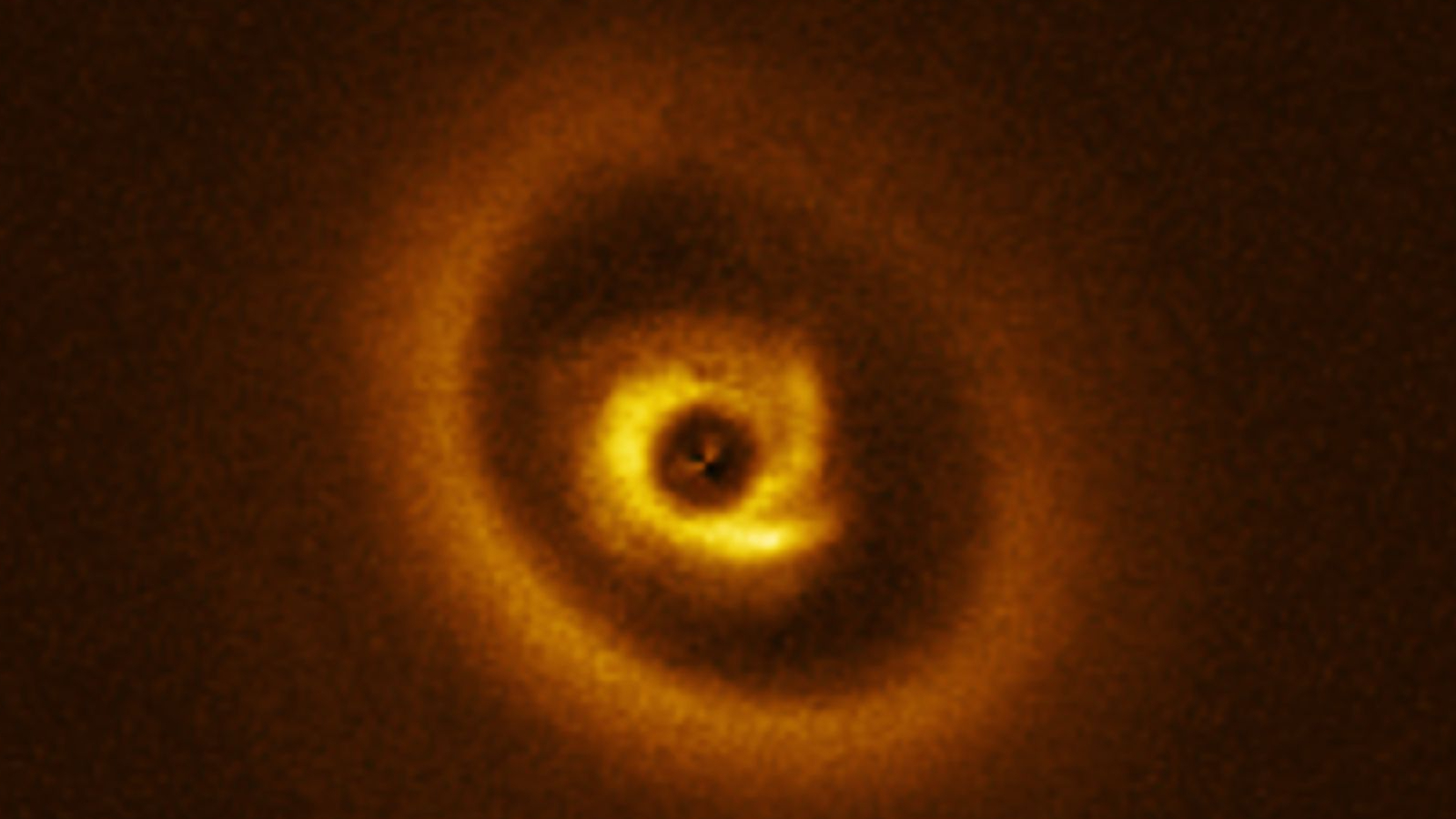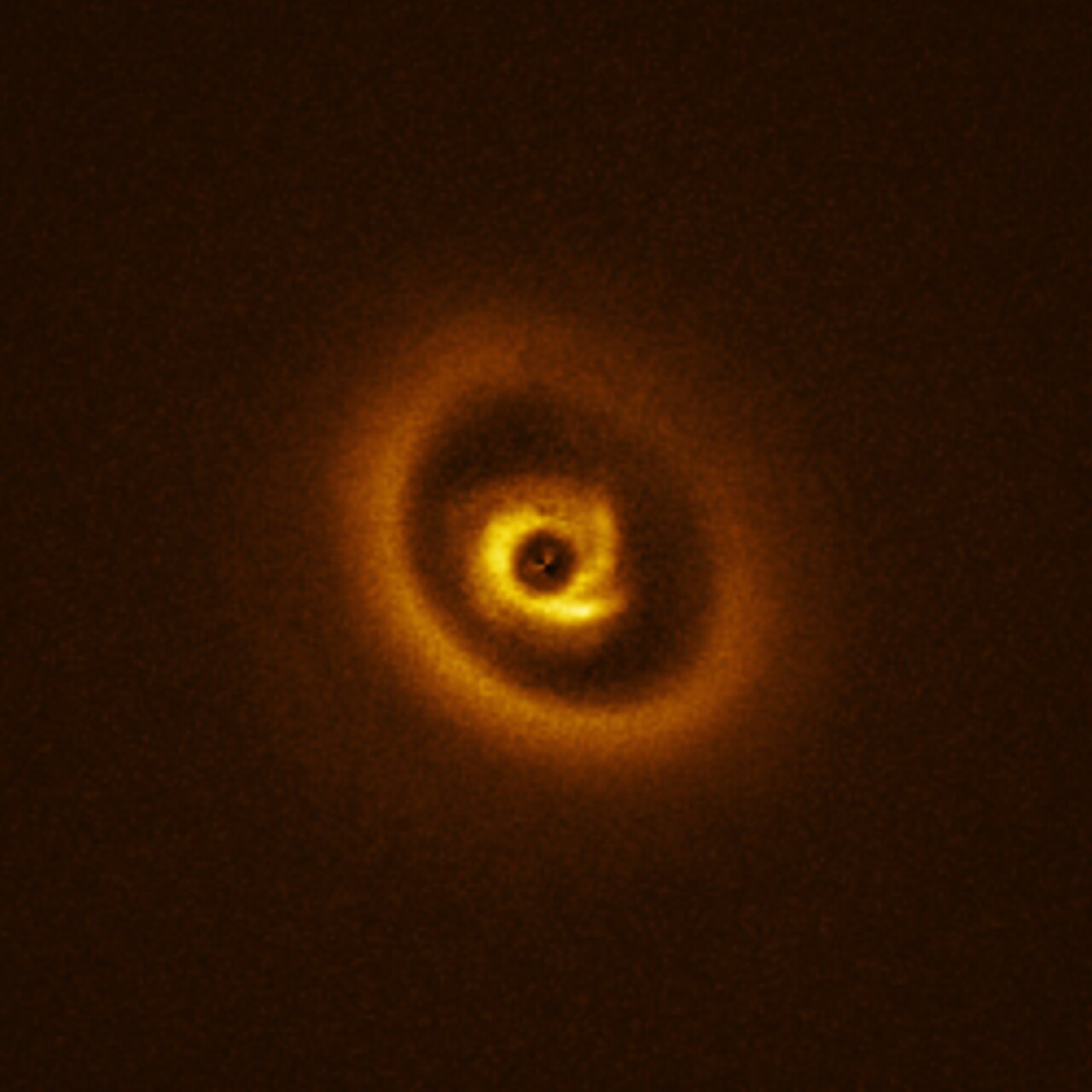
For centuries, astronomers have tried to study the process of planetary formation. Thanks to modern technology like the European Southern Observatory's (ESO) Very Large Telescope (VLT), experts can now see this process with much finer detail.
What is it?
Taken on June 9, 2025, this photograph from the VLT shows star RIK 113 surrounded by clouds of gas and dust, which form a protoplanetary disk.
These disks are common around younger stars like RIK 113, and will eventually condense due to the star's gravitational pressure, forming larger objects that will create the beginnings of a planet, known as a protoplanet.
Where is it?
The star RIK 113, also classified as 2MASSJ16120668-3010270 is found in the constellation Scorpius, which is around 431 light-years away.

Why is it amazing?
The protoplanetary disk surrounding RIK 113 was initially discovered by the Atacama Large Millimeter/submillimeter Array (ALMA) in 2024. The initial results showed gap in the clouds around the star, which could be created by a planetary embryo.
Curious about this finding, researchers at the University of Galway, Ireland used the VLT to try to get a closer look at star RIK 113. Using the SPHERE or the Spectro-Polarimetric High-contrast Exoplanet REsearch instrument on the VLT, which is designed to look for new exoplanets, the team found that the inner ring of the star's protoplanetary disk had unique spiral features.
According to the researchers, potential signals from two planets close to RIK 113 were also detected.
Want to learn more?
You can read more about planetary formation and protoplanetary disks as astronomers continue to understand how planets are created throughout our universe.







